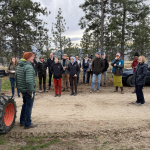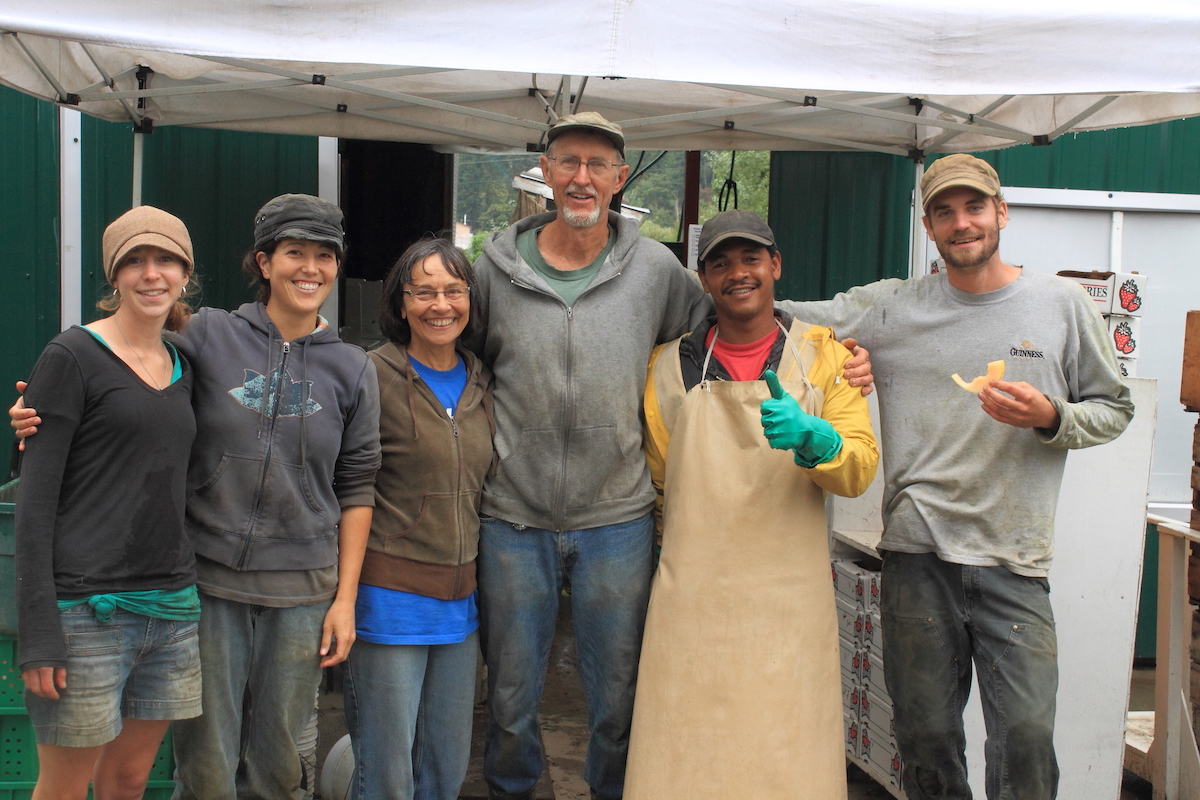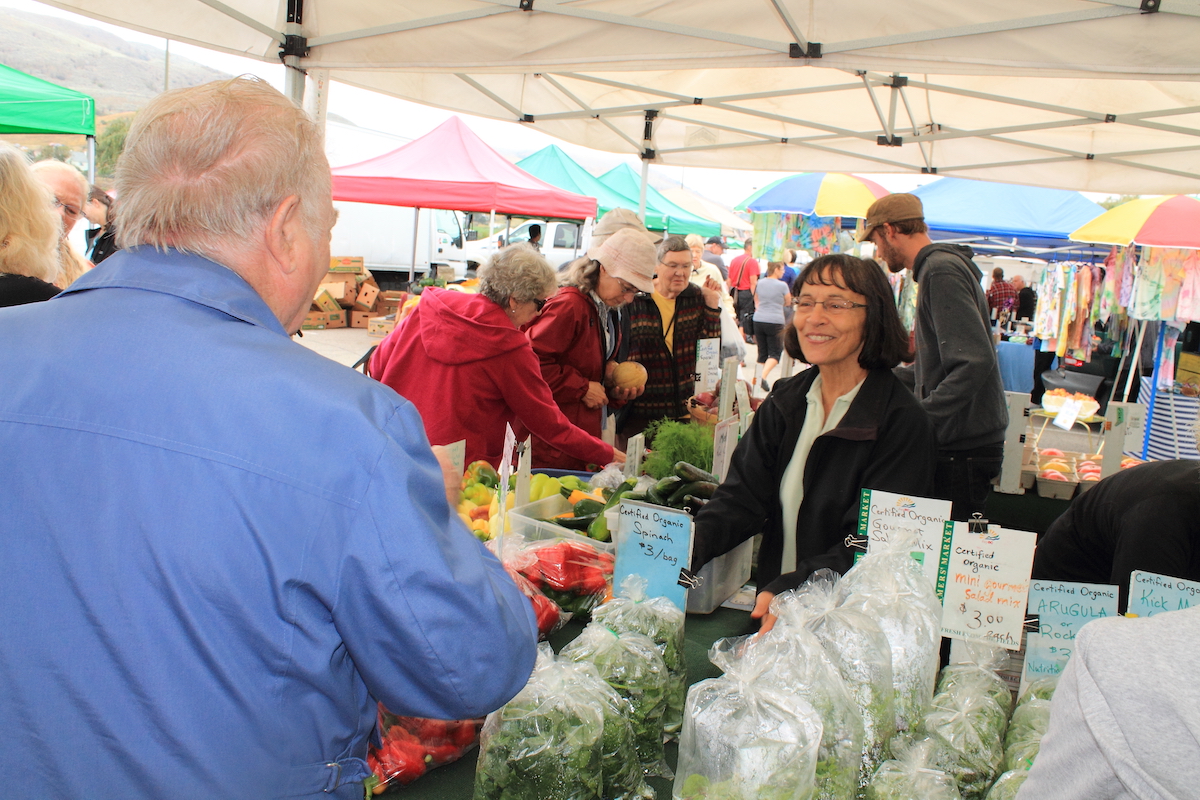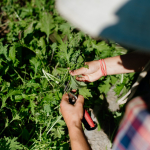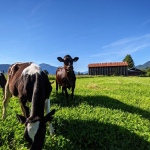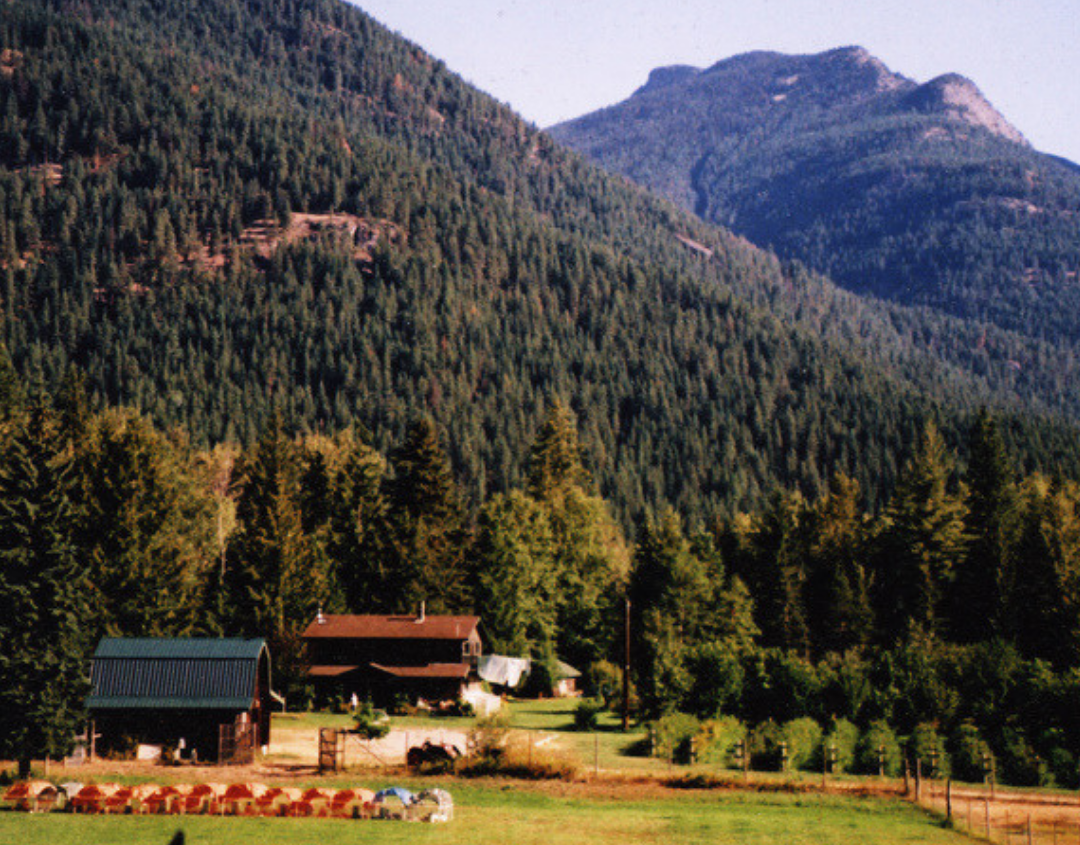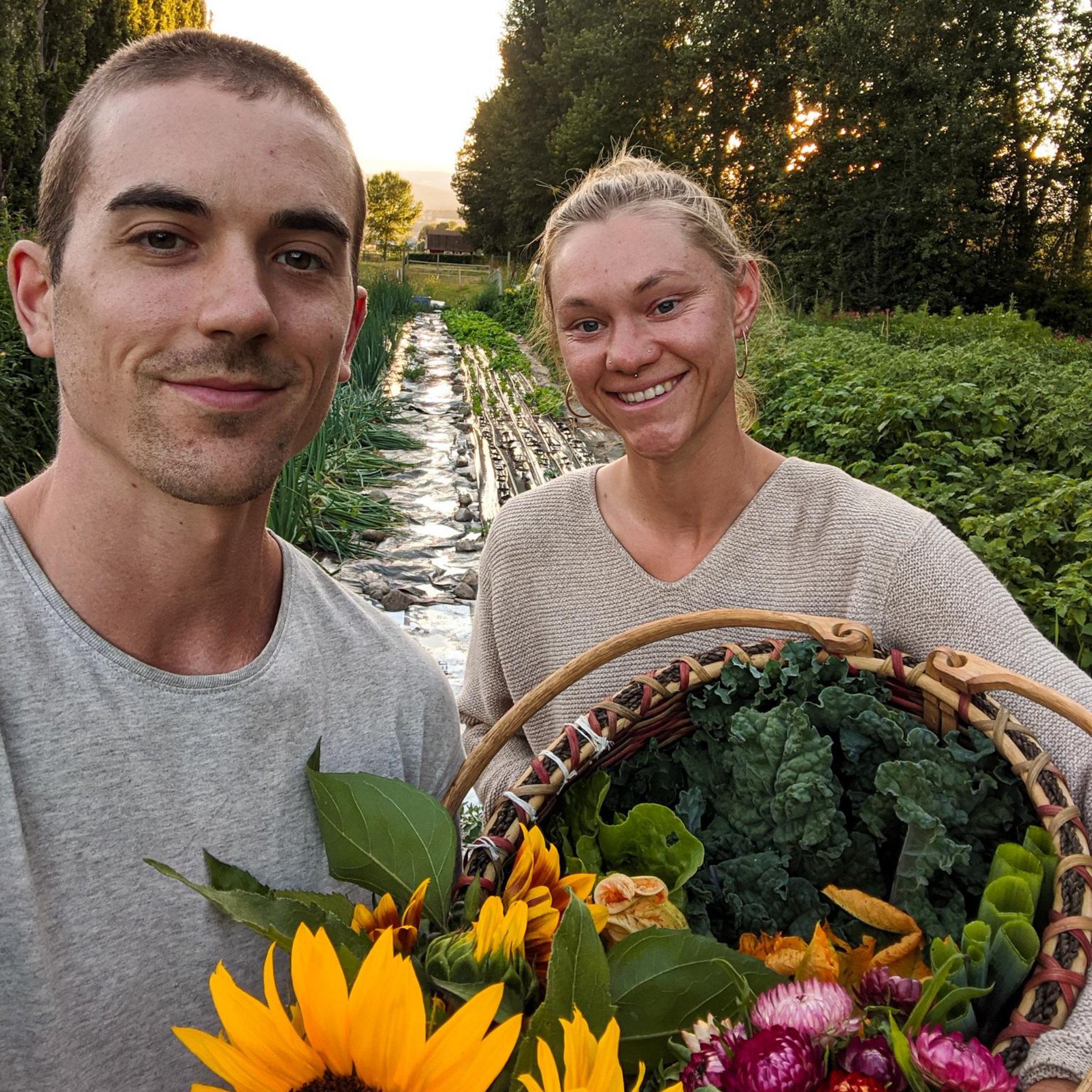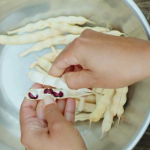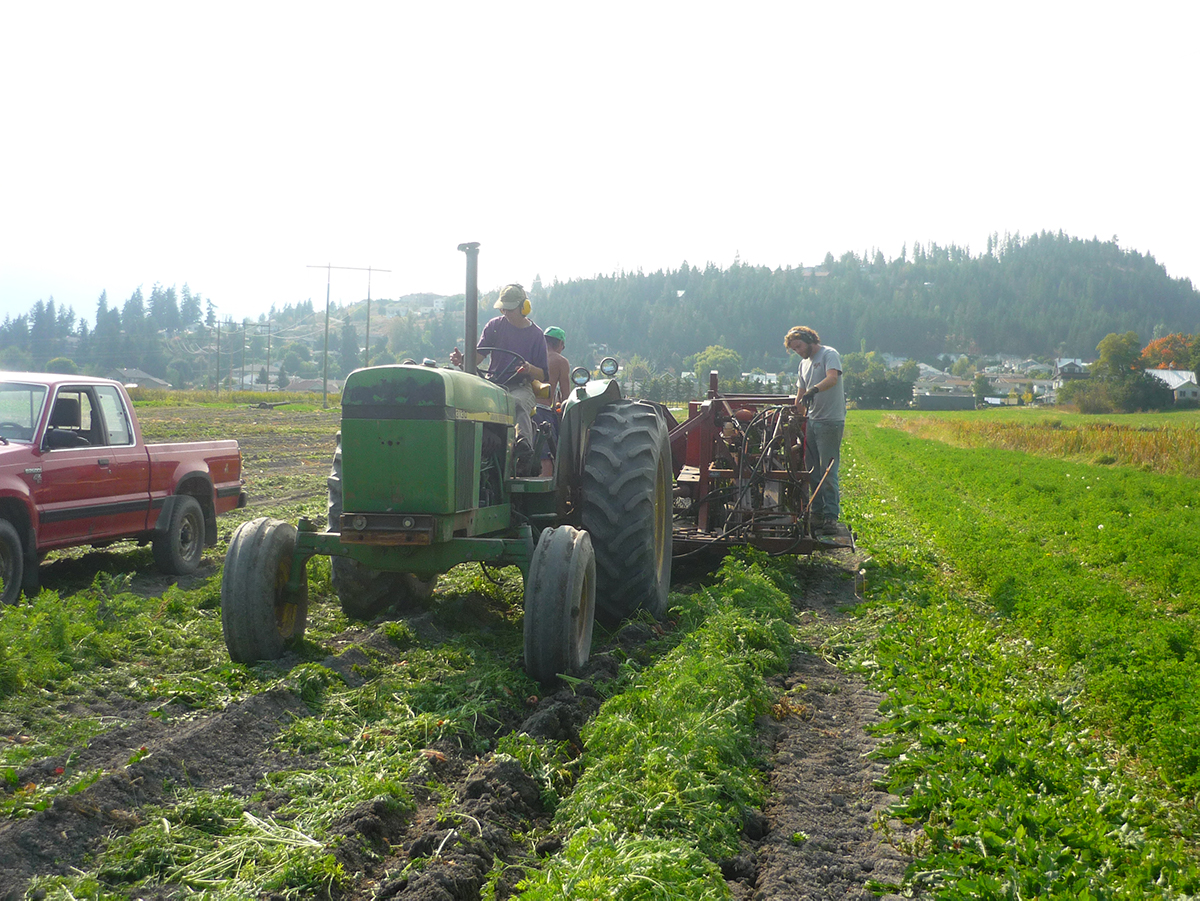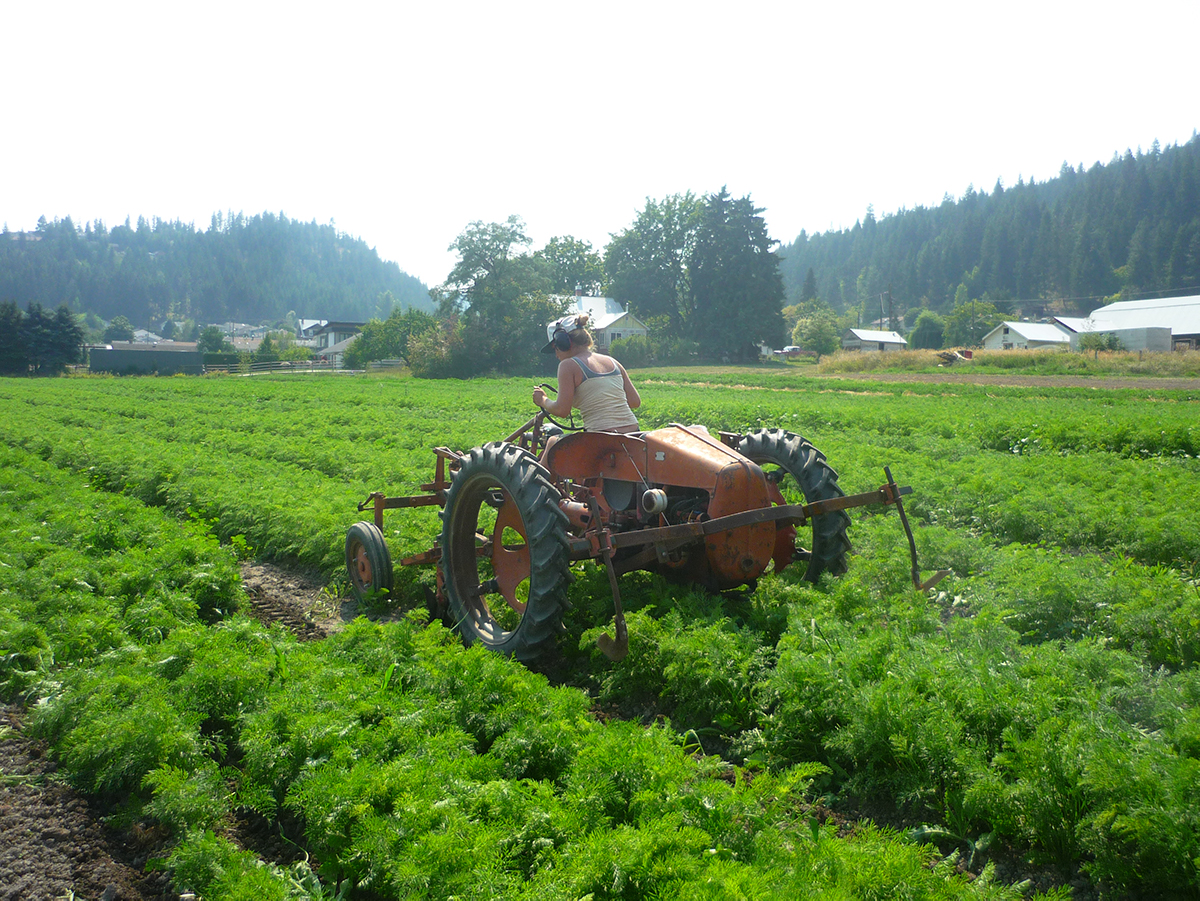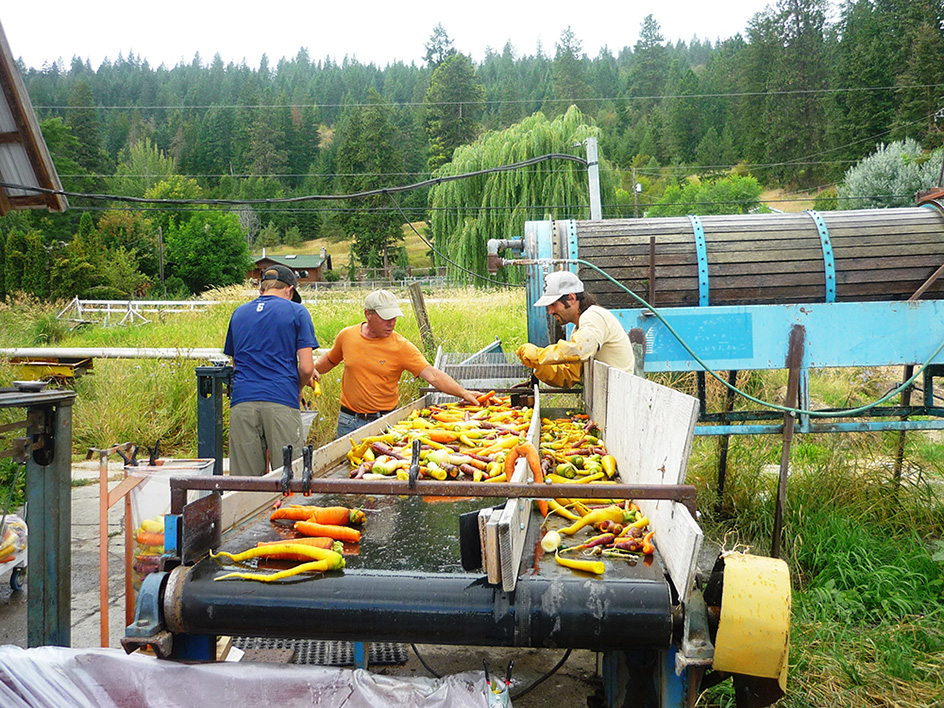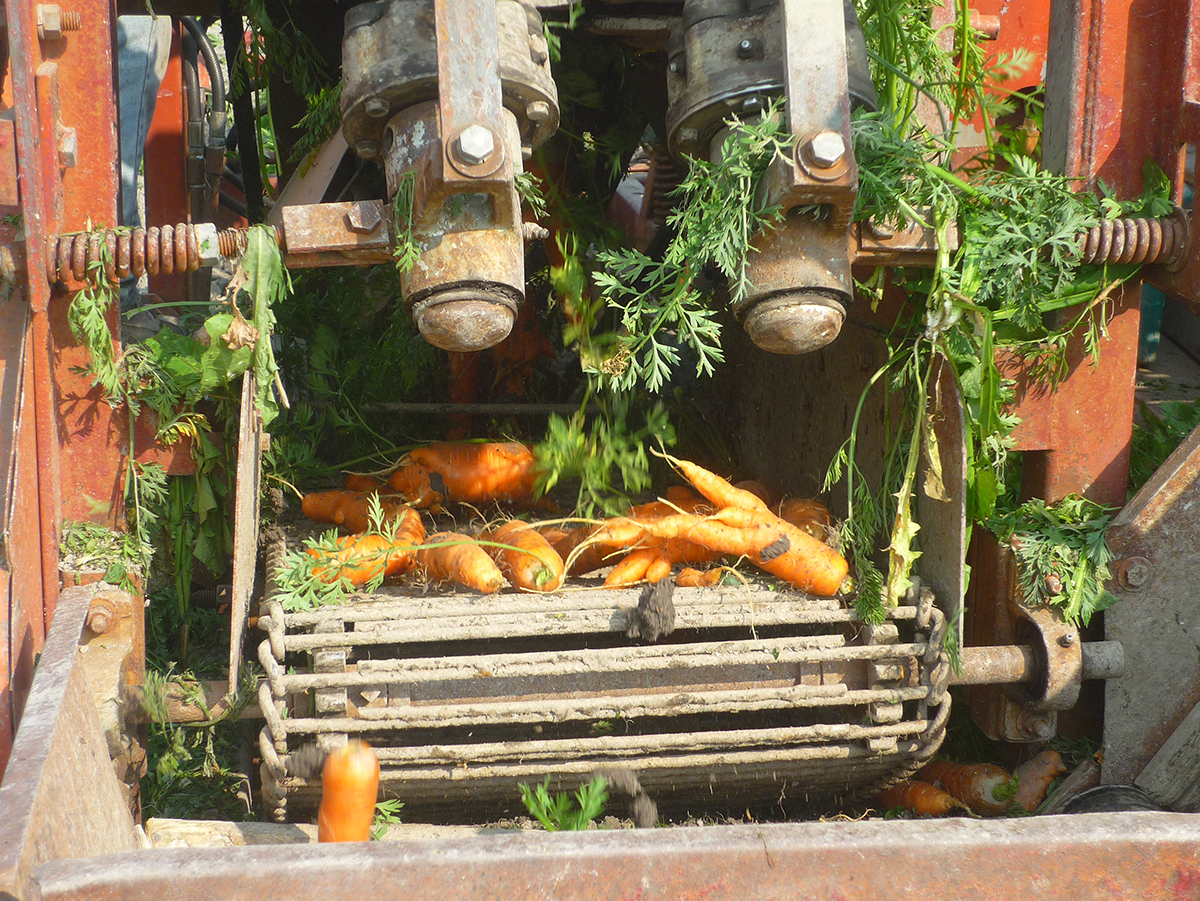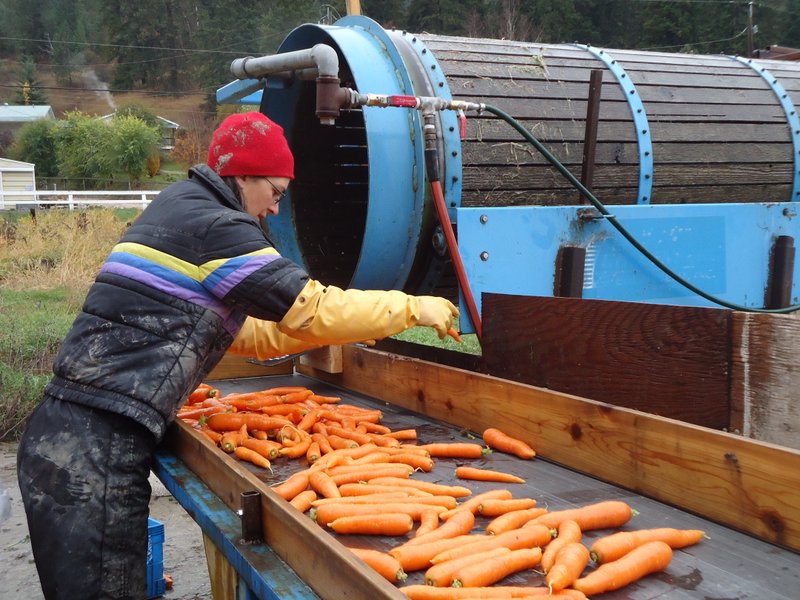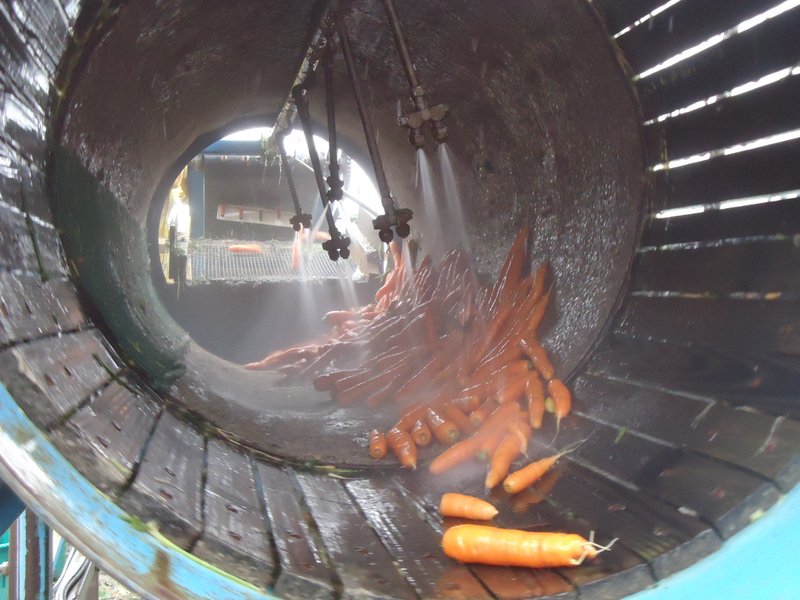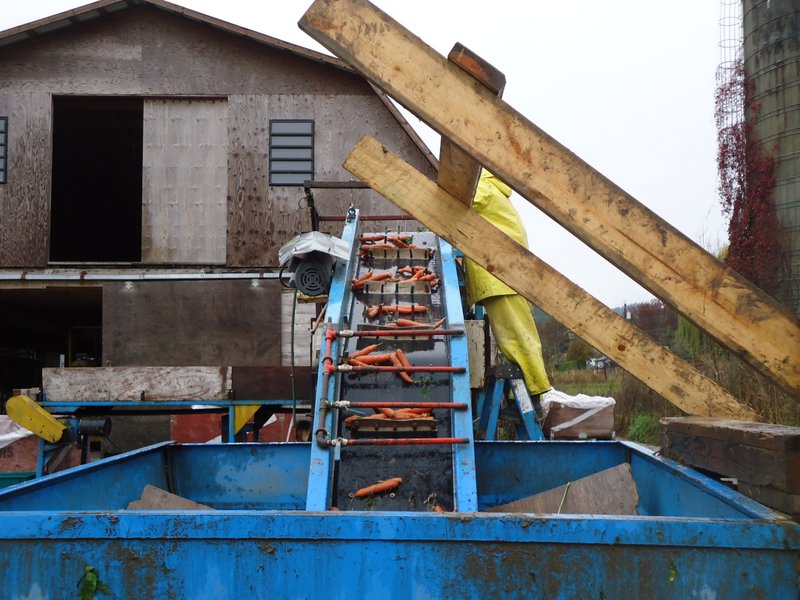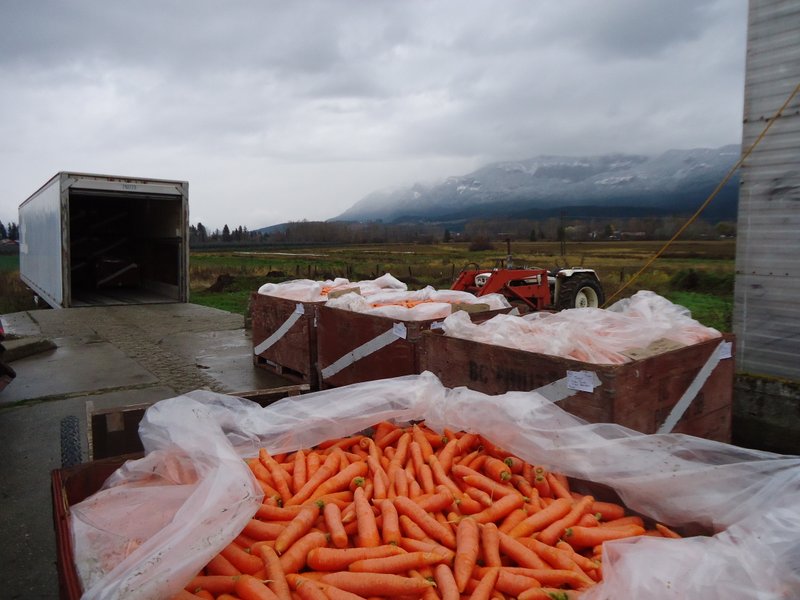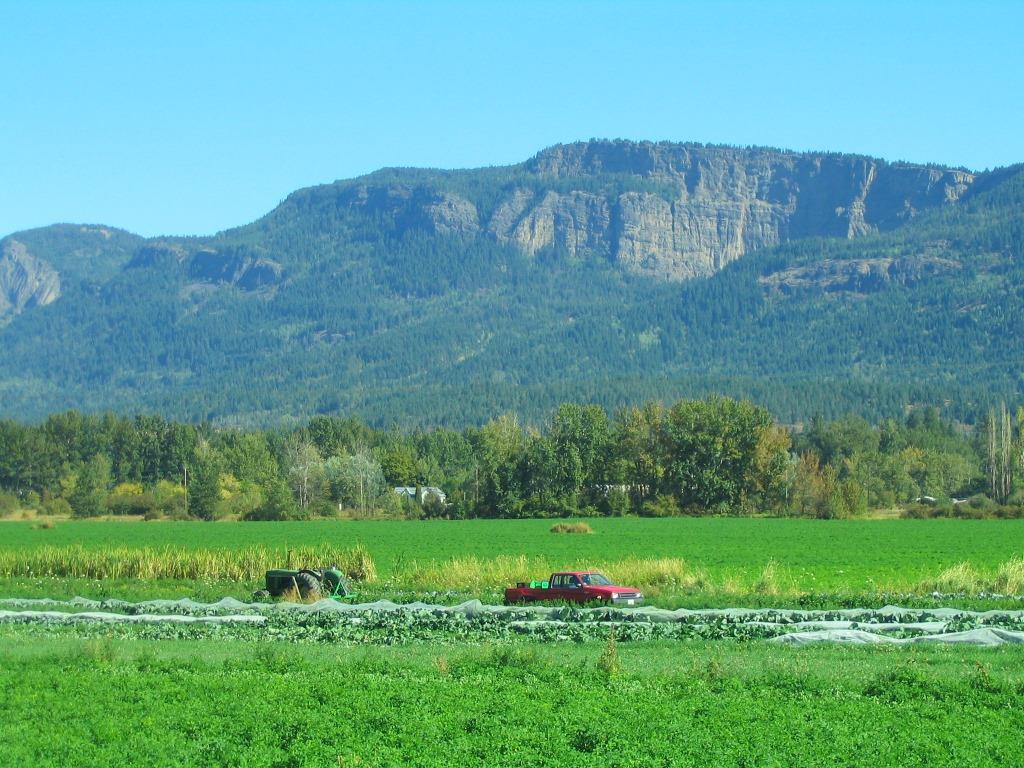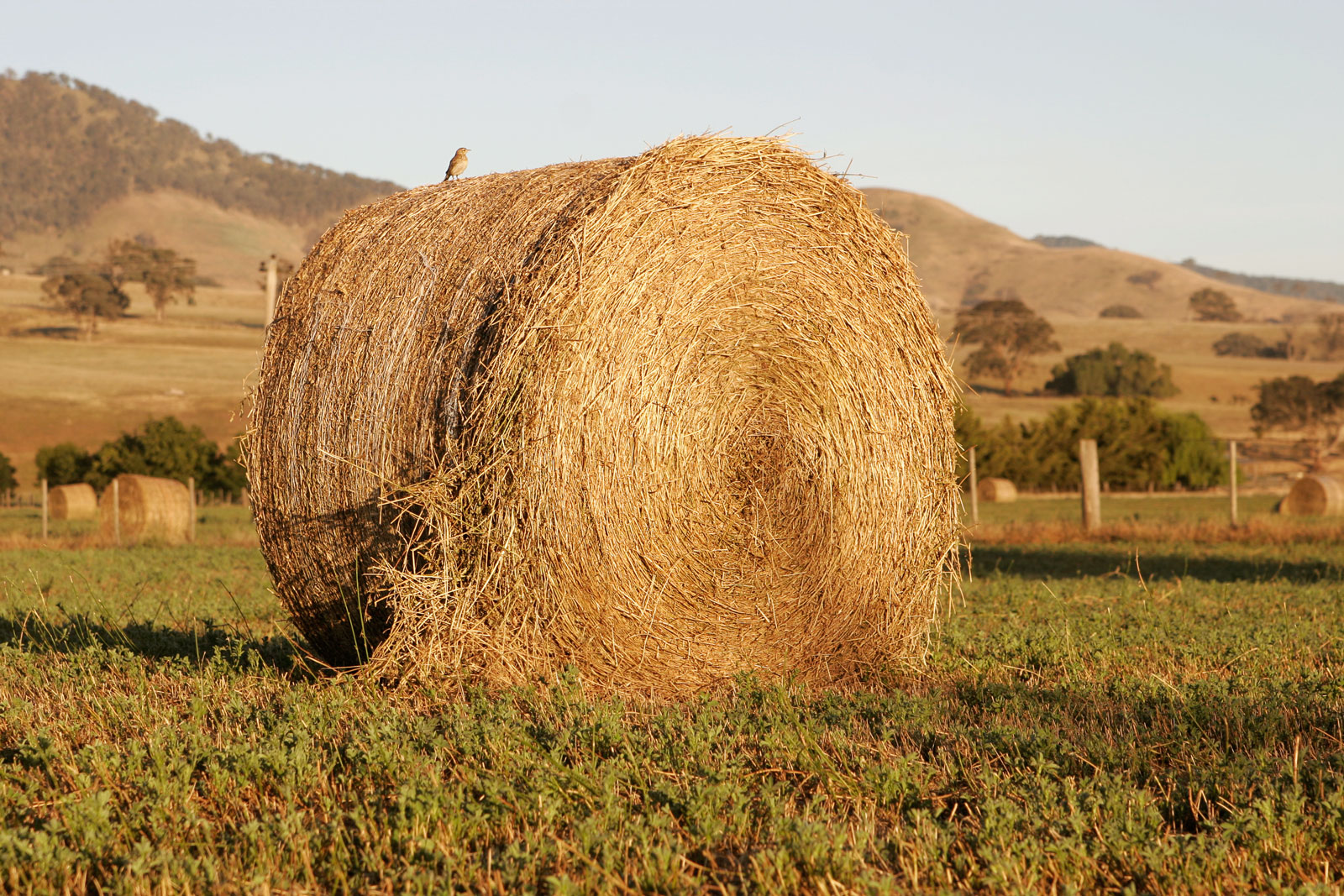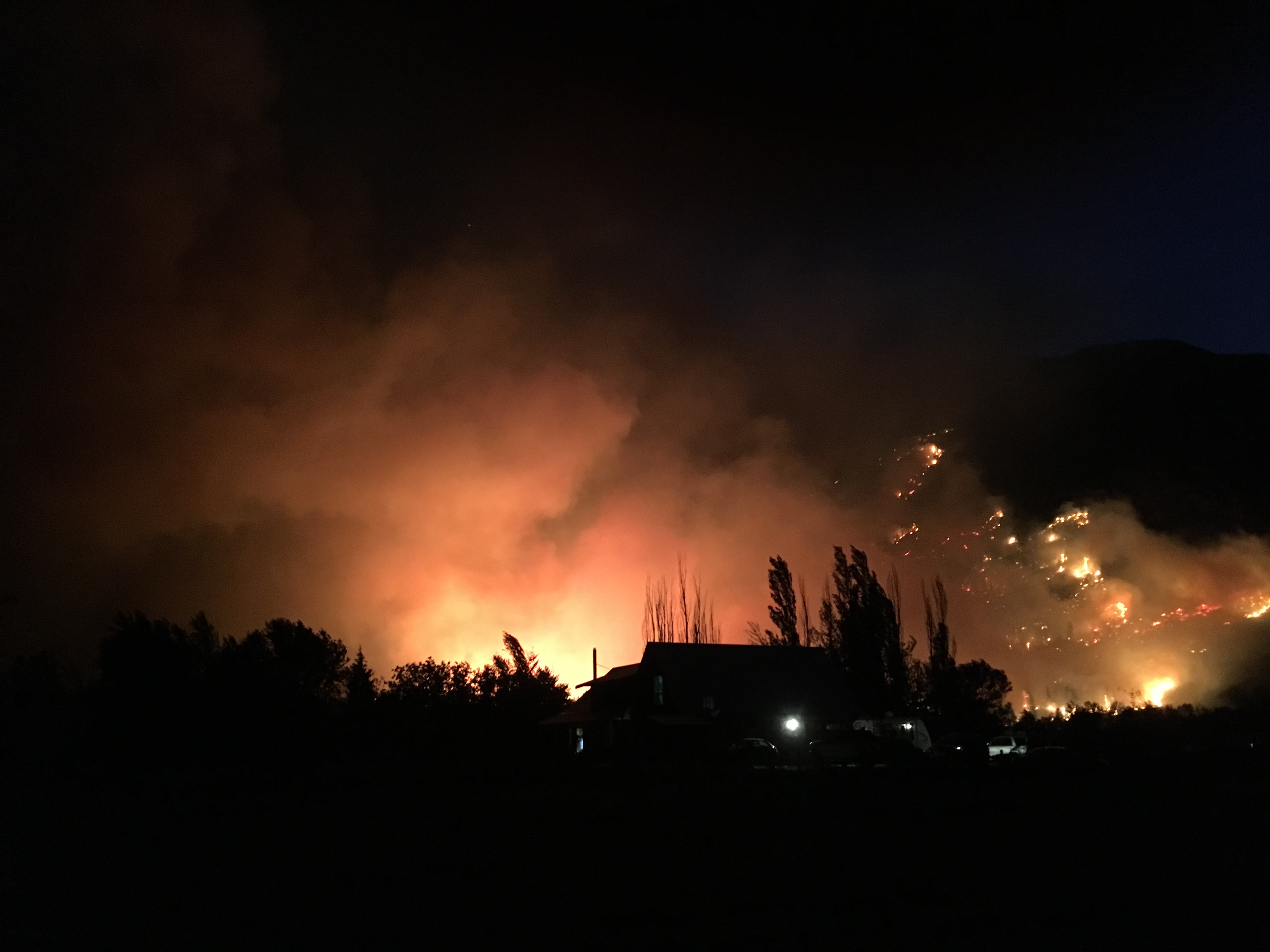Your Land, Your Legacy

A Farm and Foodlands Owner’s Guide
By Michael Marrapese
The Foodlands Cooperative of BC has a bold vision—to secure farmland for farming for future generations. While the Agricultural Land Reserve offers some protection by restricting the allowable activities on farmland, it has had only a modest effect on the selling price and accessibility of farmland in BC. Our primary activity is to facilitate the acquisition of land by cooperatives, non-profit groups and charities, municipalities, or Indigenous communities.
In the summer of 2021 we published Your Land, Your Legacy: A Farm and Foodlands Owner’s Guide. The Guide is expressly designed for owners of farm and food-provisioning lands who wish to create a legacy by preserving their land for generations to come.
Written by Ava Reeve, the guide is a culmination of a two-year research project made possible by funding from the Law Foundation of BC and the Investment Agriculture Foundation of BC. It focuses on two particular processes to secure land for agriculture. One is to donate land to a community organization. Another approach is to register a covenant on a property. The guide covers both of these processes in detail.
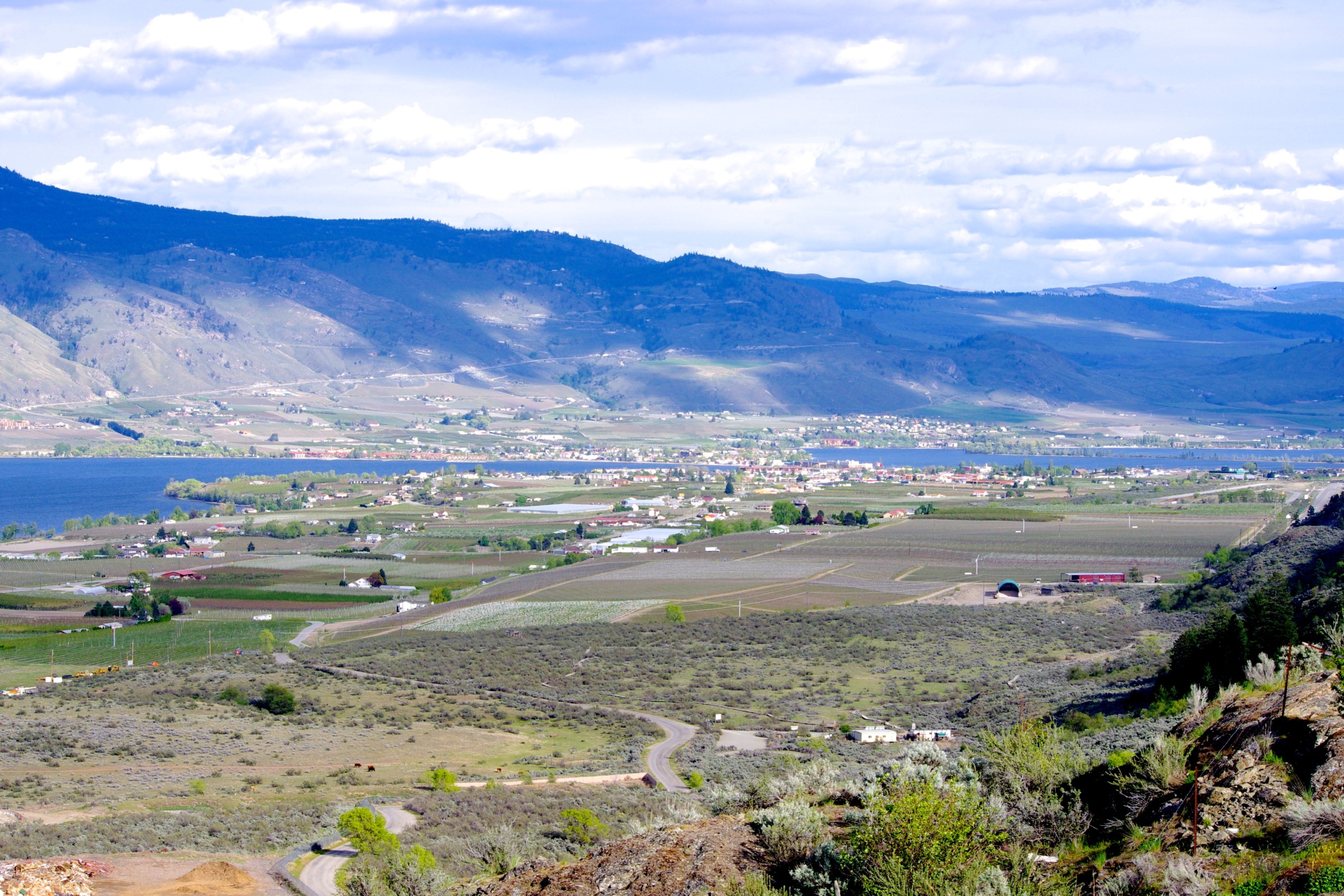
For many farmers, selling the farm is a major part of their financial and retirement planning. However, selling their property often means it will not be used primarily for farming. In much of BC, farmland is being bought up and converted into recreational acreages, vacation homes, or rural estates—or for future real estate development.
Over the last five years the Foodlands Cooperative of BC has met with dozens of landowners who want to ensure their properties continue to be farmed and used for the benefit of their communities. We found that lawyers and estate planners are often unfamiliar with the unique legal and taxation statutes that apply to these situations, not only because it is unfamiliar but also because the process can be very nuanced and specific to each property and situation.
While many farmers are sympathetic to the plight of aspiring young farmers, transferring land by any other method than direct sale is a daunting process. As Chad Hershler, Executive Director of Deer Crossing the Art Farm observes, “transferring land ownership, legacy planning, formalizing a vision—these are all emotionally fraught, extremely challenging things to do, no matter the context. When it comes to food provisioning (and, in our case, culture-making), this is even harder.”
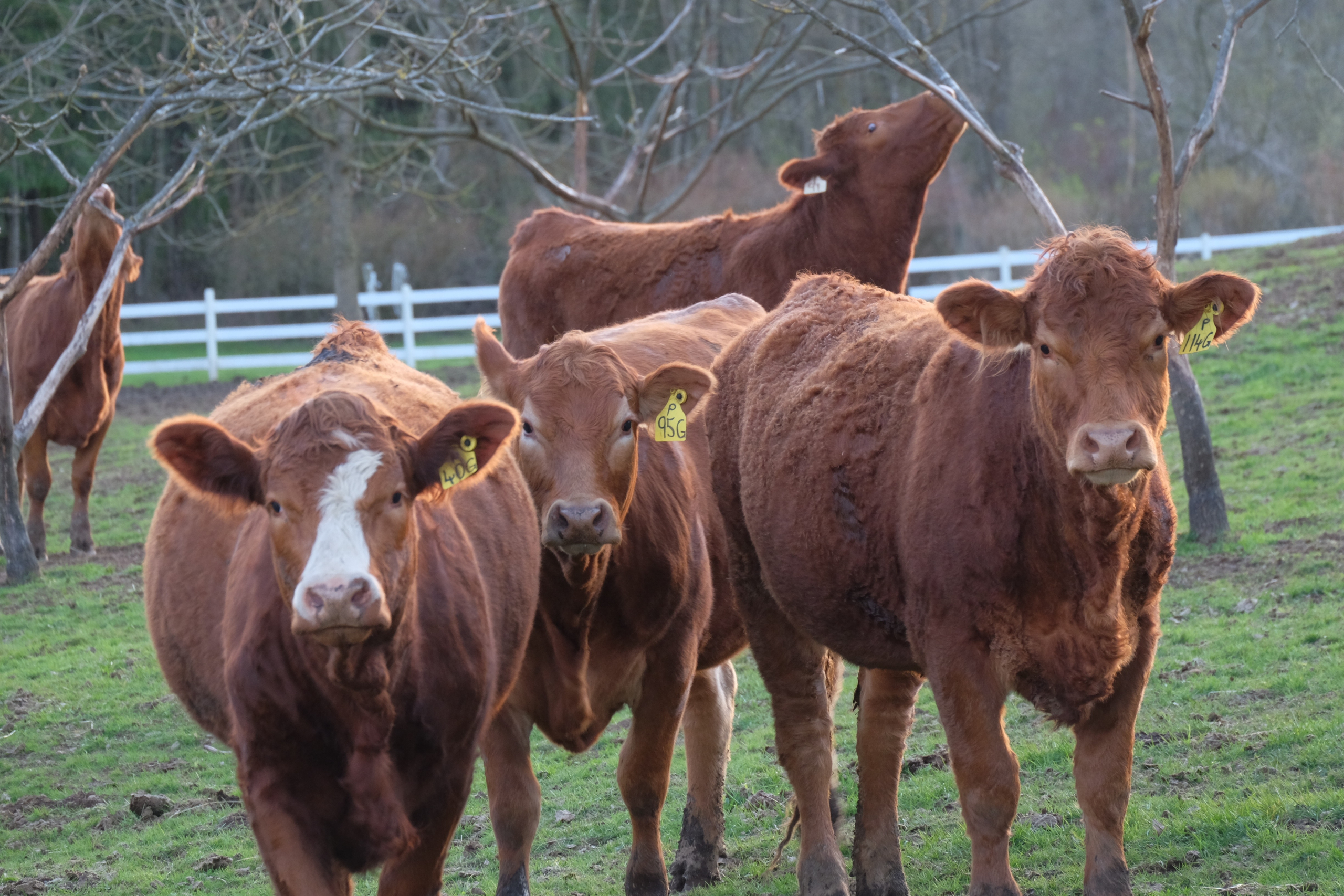
We engaged a team of legal experts to review existing legislation, and possible approaches to transfer land out of the speculative market, and present it in terms accessible to the layperson. “There is a gravitational pull towards doing what everyone else is doing, doing what comes easiest,” continues Hershler. “Every bit of help to move against this is crucial—and this guide is more than a bit of help. It clearly outlines steps we need to take, people we need to talk to, documents we need to draft. It takes something massive and breaks it down into simple achievable steps.”
The Foodlands Cooperative is exploring several avenues towards returning land to the public commons and out of the speculative market. While registered charities are one kind of qualified donee, the CRA recognizes a number of others. Under the Canadian Income Tax Act, qualified donees can often issue official donation receipts. Qualified donees can include the Crown at federal and provincial levels, municipal governments and other public bodies, and, interestingly, the United Nations. Many Indigenous governing bodies are also now registered as qualified donees.
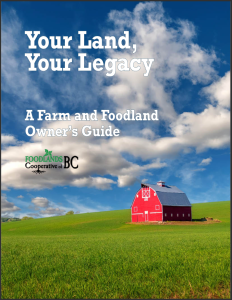
When we began this project three years ago, there was an obvious need for clarity around the various options, processes, and costs of having land transferred to a land trust, either via donation or through other transfer mechanisms. In creating a plan for their estate and a succession plan for their farm operation, a landowner will want to understand the tax benefits or policies that will apply to their situation. The guide has an extensive section on Canadian tax law that explains the considerations when making a donation of land and the implications of various types of land transfer. It also lays out some practical examples of how tax law might be applied. There is a complete glossary of all the legal and financial terms to help make the material more useful and approachable.
The final section of the Guide lays out very specific steps for due diligence when a landowner is considering donating their property. Some seem quite obvious—engaging professionals such as lawyers and appraisers. Less obvious may be the need to have the property surveyed to confirm boundaries, to document encroachments and Right-of-Ways, and the existence of any environmentally sensitive or protected areas.
We are keen to pass this knowledge on to the general public through our our lawyer-reviewed guide. The guide will undoubtedly help to alleviate many of the challenges of planning farm and foodland trusts, lead to greater community access to foodlands, and to foster sustainable farming.
We see this as a first step in opening up possibilities for landowners to create a lasting legacy with their farmland.
Your Land, Your Legacy, A Farm and Foodland Owner’s Guide is available for free at foodlands.org/a-farm-and-foodland-owners-guide
Michael Marrapese lives and works at Fraser Common Farm Cooperative in the Fraser Valley on the unceded territory of the Kwantlen and Katzie peoples. An avid photographer, writer and musician he loves working on the farm and marvels at the beauty of nature. Though recently retired, he continues to be involved in various interesting projects and seems to be willing to travel at the slightest provocation.
Feature image: Tilling at Sunset. Credit: Michael Marrapese.




